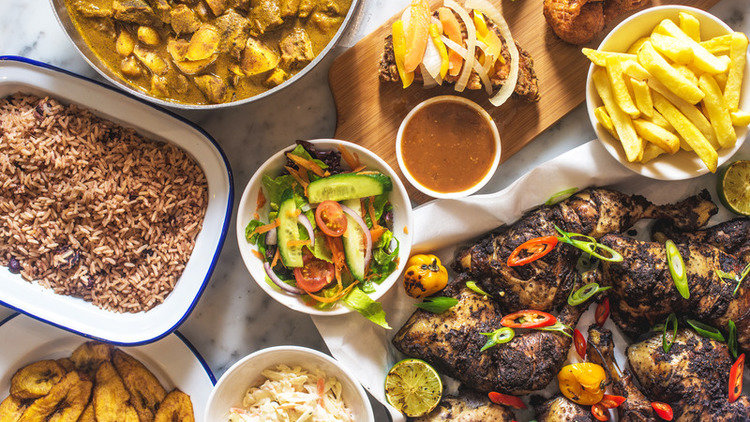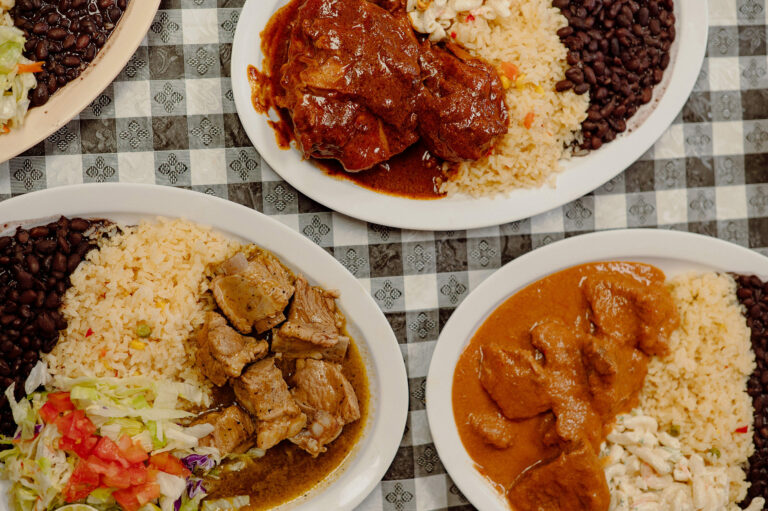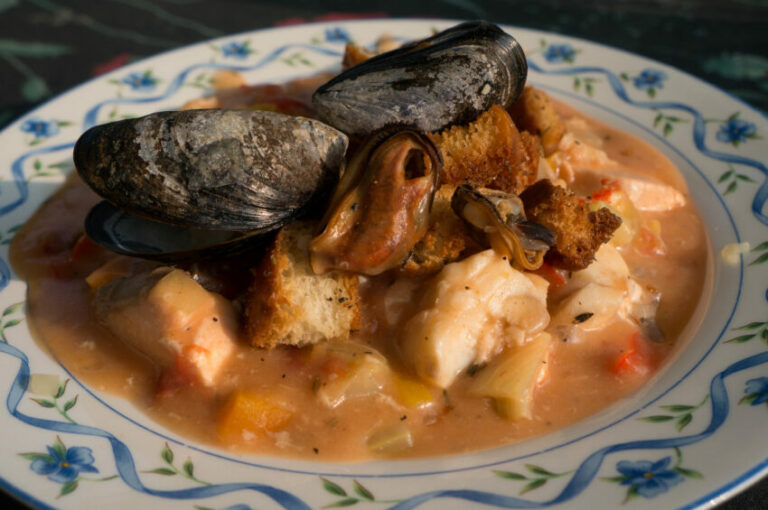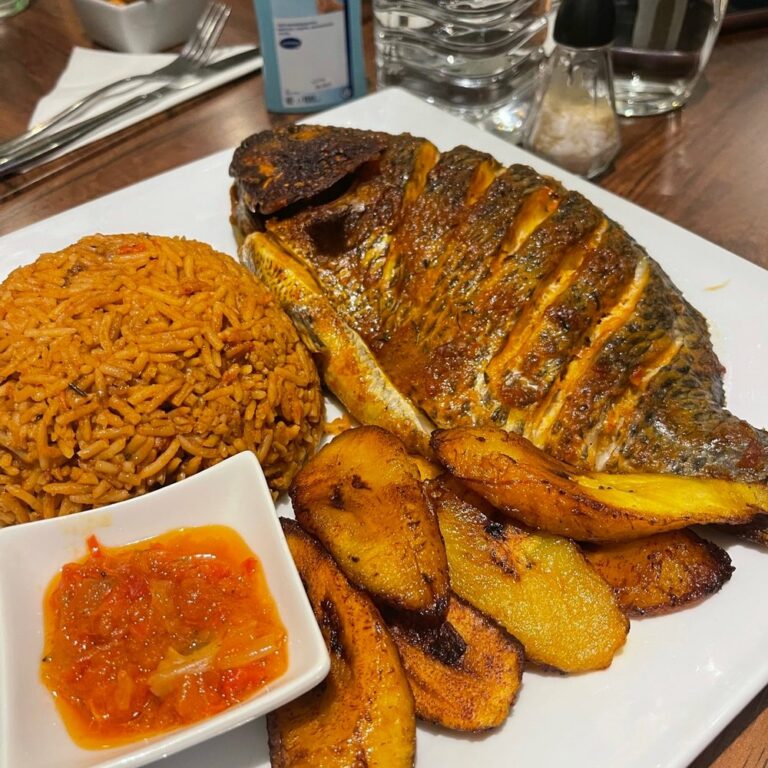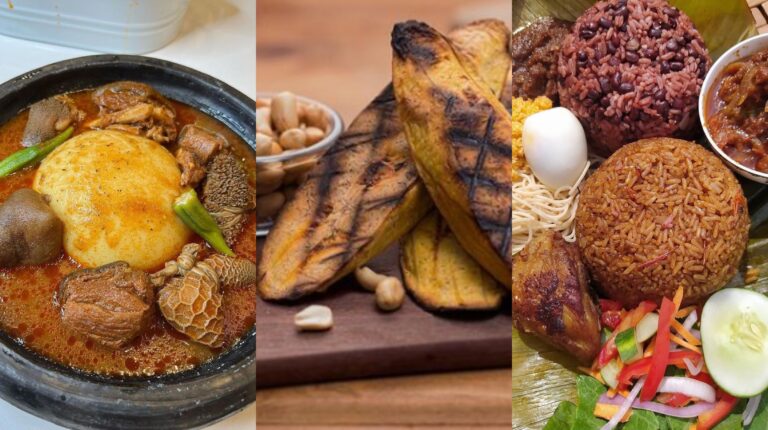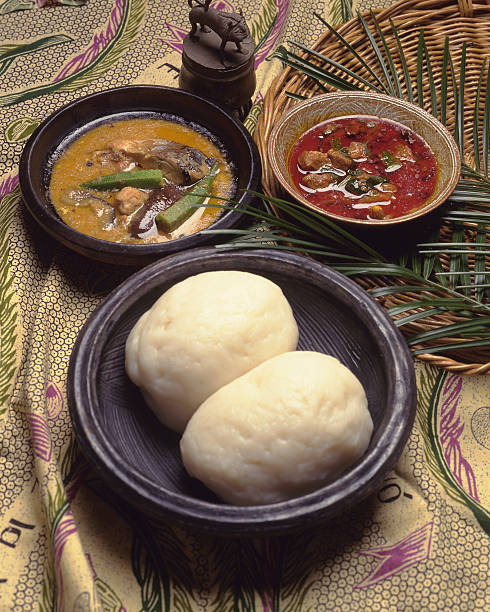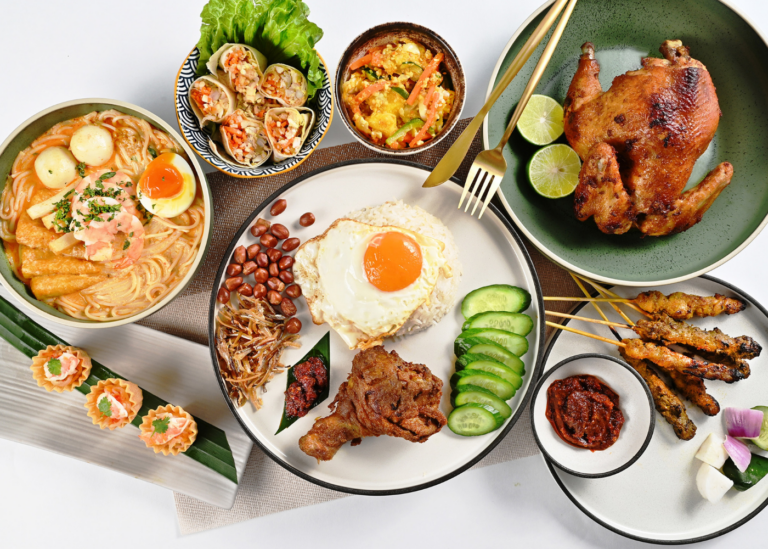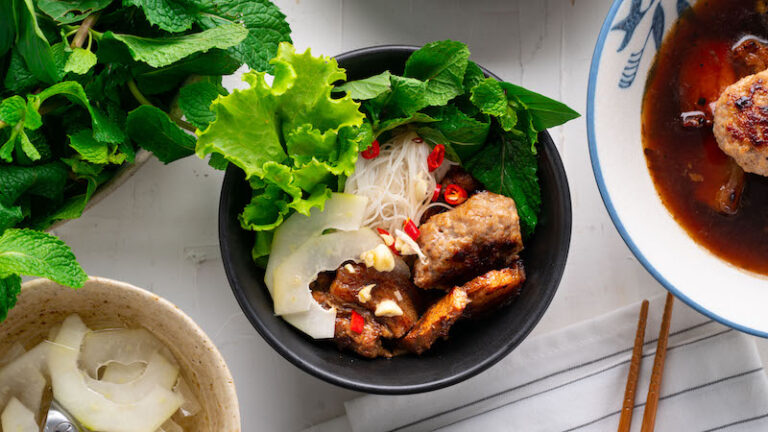Introduction: Greek cuisine and the Mediterranean diet
Greek cuisine is an integral part of the famous Mediterranean diet. The Mediterranean diet is a dietary pattern that is characterized by the consumption of fresh fruits and vegetables, whole grains, legumes, and olive oil. The diet is prevalent in countries surrounding the Mediterranean Sea, such as Greece, Italy, Spain, and Turkey. Greek cuisine, in particular, is known for its diversity, freshness, and unique flavors that are influenced by the country’s history and geography.
Key ingredients in Greek cuisine
Greek cuisine has a strong emphasis on fresh and seasonal ingredients. Some of the essential ingredients in Greek cuisine include olive oil, fresh herbs (such as oregano, thyme, and rosemary), tomatoes, feta cheese, olives, yogurt, and honey. Greek cuisine also features a lot of seafood, lamb, and poultry. Some of the most popular dishes in Greek cuisine include moussaka (a layered eggplant and meat dish), souvlaki (grilled meat skewers), spanakopita (spinach and feta pie), and dolmades (stuffed vine leaves).
The influence of Greek history and geography on cuisine
Greek cuisine has been heavily influenced by the country’s history and geography. The Greeks were avid traders, and their cuisine has been influenced by various cultures, such as the Ottoman Turks and the Venetians. The country’s geography has also played a role in shaping Greek cuisine. The country’s numerous islands have led to the development of various seafood dishes, while the arid climate has necessitated the use of olive oil as the primary cooking oil.
How Greek cuisine differs from Italian cuisine
While both Greek and Italian cuisine are part of the Mediterranean diet, there are some distinct differences. Greek cuisine has a stronger emphasis on fresh herbs and spices, while Italian cuisine relies more on tomatoes and garlic. Greek cuisine also features a lot of seafood, while Italian cuisine emphasizes pasta and cheeses.
How Greek cuisine differs from Spanish cuisine
Spanish cuisine is known for its use of spices such as paprika and saffron, which are not as prevalent in Greek cuisine. Spanish cuisine also features a lot of pork, while Greek cuisine emphasizes lamb and seafood.
How Greek cuisine differs from Turkish cuisine
Greek and Turkish cuisines share many similarities due to their shared history and geography. However, there are some notable differences. Greek cuisine has a stronger emphasis on fresh herbs and olive oil, while Turkish cuisine features more spices and butter. Greek cuisine also features a lot of seafood, while Turkish cuisine emphasizes lamb and beef. Additionally, Greek cuisine has a more significant influence from the Venetians and other Western European cultures, while Turkish cuisine has been more influenced by the Ottoman Empire.


